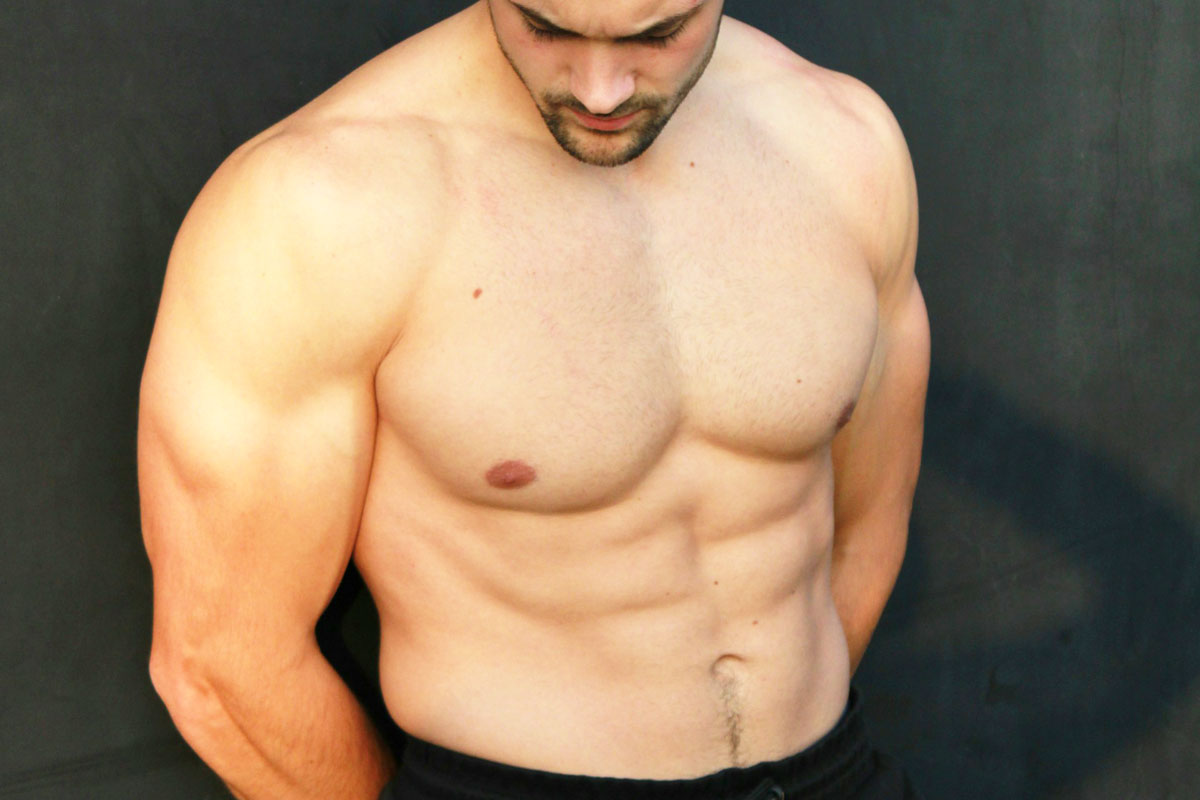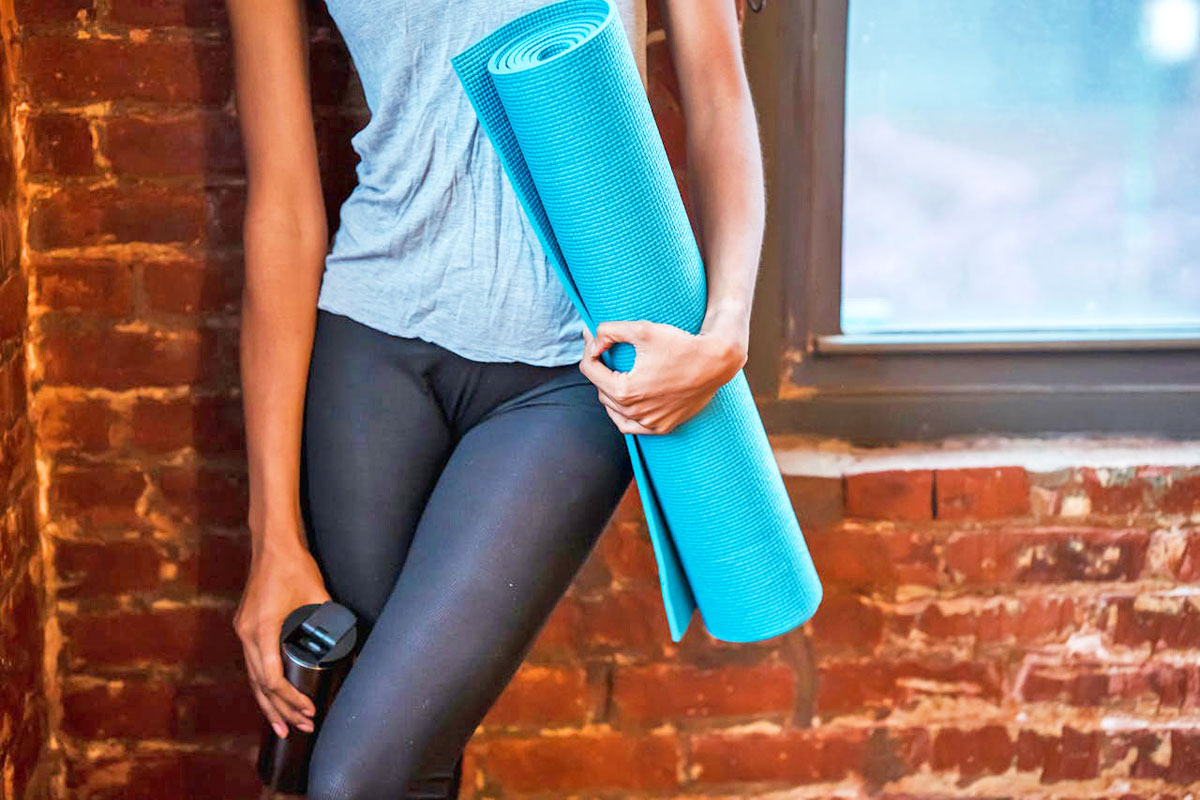Inline skating is an excellent way to stay fit, offering cardiovascular benefits comparable to running while being low-impact and joint-friendly. Additionally, it improves balance, coordination, and muscle endurance. However, like any sport, it comes with risks. Recent studies emphasize that taking proper safety measures significantly reduces the likelihood of injury. This guide covers the latest research-backed safety practices for skaters of all levels.
Understanding the Risks
According to the National Electronic Injury Surveillance System, between 2002 and 2021, approximately 400,172 inline skating injuries were reported in the United States. The most common injuries are wrist fractures, accounting for 37.1% of cases, as skaters instinctively use their hands to break a fall. Other frequent injuries include head trauma, ankle sprains, and knee abrasions. Fortunately, data suggests that proper use of protective gear reduces injury severity by up to 85%.
Recent biomechanical studies have also highlighted that improper skating posture can increase strain on the lower back and knees, leading to chronic issues over time. Ensuring proper technique and strengthening stabilizing muscles can help mitigate these risks.
Choosing the Right Equipment
Investing in high-quality skates with proper ankle support is crucial. A well-fitted skate should provide stability without discomfort. Your skates should fit snugly but not restrict circulation. Always try on skates with the socks you intend to wear to ensure an accurate fit.
Beyond skates, wearing protective gear is essential. Helmets significantly reduce the risk of head injuries by up to 88%. Wrist guards are particularly important due to the high rate of wrist fractures. Elbow and knee pads provide additional protection, reducing the risk of contusions and fractures by 60%.
In recent years, manufacturers have improved skate technology with features like shock-absorbing insoles and reinforced ankle support to enhance safety. Opt for modern skates designed with these protective elements to reduce impact stress.
Mastering Basic Skills
Before attempting advanced maneuvers, beginners should master fundamental skills. Taking a lesson from a certified instructor can be beneficial. Proper stance, with knees slightly bent and weight balanced on the balls of the feet, enhances stability.
Learning to stop effectively is one of the most crucial skills. Common stopping methods include heel braking, T-stopping, and power slides. Studies show that skaters who practice controlled stopping drills experience 40% fewer collisions compared to those who do not.
Being Mindful of Your Surroundings
Awareness is key to preventing accidents. Always be conscious of pedestrians, cyclists, and other skaters. When overtaking others, do so on the left and provide a verbal warning such as "On your left!" to alert them. Avoid uneven surfaces, high-traffic areas, and poor weather conditions that may increase risks.
Skating in well-lit environments during daylight hours further enhances safety. Reflective clothing and LED lights attached to skates can improve visibility for those who skate in low-light conditions.
Common Injuries and Prevention
Despite precautions, injuries can still occur. Wrist fractures remain the most frequent due to instinctive hand placement during falls. Head injuries, though less common, can be severe, underscoring the importance of helmets.
Lower extremity injuries, such as knee and ankle strains, often result from improper form or unexpected falls. Strength training exercises focusing on the quadriceps, hamstrings, and calf muscles can help prevent overuse injuries.
Key Preventive Measures
Warm-Up: Engaging in light stretching before skating prepares muscles and joints for physical activity.
Safe Environment: Choose smooth, traffic-free surfaces with good visibility.
Avoid Distractions: Refrain from wearing headphones while skating to maintain situational awareness.
Stay Hydrated: Proper hydration is essential, especially during long sessions or hot weather.
Know Your Limits: Avoid attempting tricks or high-speed skating until you have developed sufficient skill and confidence.
Practice Balance Drills: Exercises like single-leg stands and core strengthening routines can improve stability and prevent falls.
By following these safety guidelines and staying aware of potential hazards, you can enjoy inline skating while minimizing risks. Safety should always come first to ensure a fun and injury-free experience. Inline skating offers incredible health benefits, from improving cardiovascular endurance to strengthening lower body muscles. With the right precautions, it remains one of the best ways to stay active while enjoying the outdoors.
Sources:
1. Orthopaedic Injury Patterns Related to Ice Skating, Inline Skating, and Roller Skating: A 20-Year Review.
2. Inline Skating Safety - OrthoKids.
3. Safety Tips: Inline Skating (for Teens) | Nemours KidsHealth.
4. Biomechanical Analysis of Inline Skating Posture and Its Effect on Musculoskeletal Strain.
5. Effectiveness of Protective Gear in Reducing Inline Skating Injuries: A Meta-Analysis.













